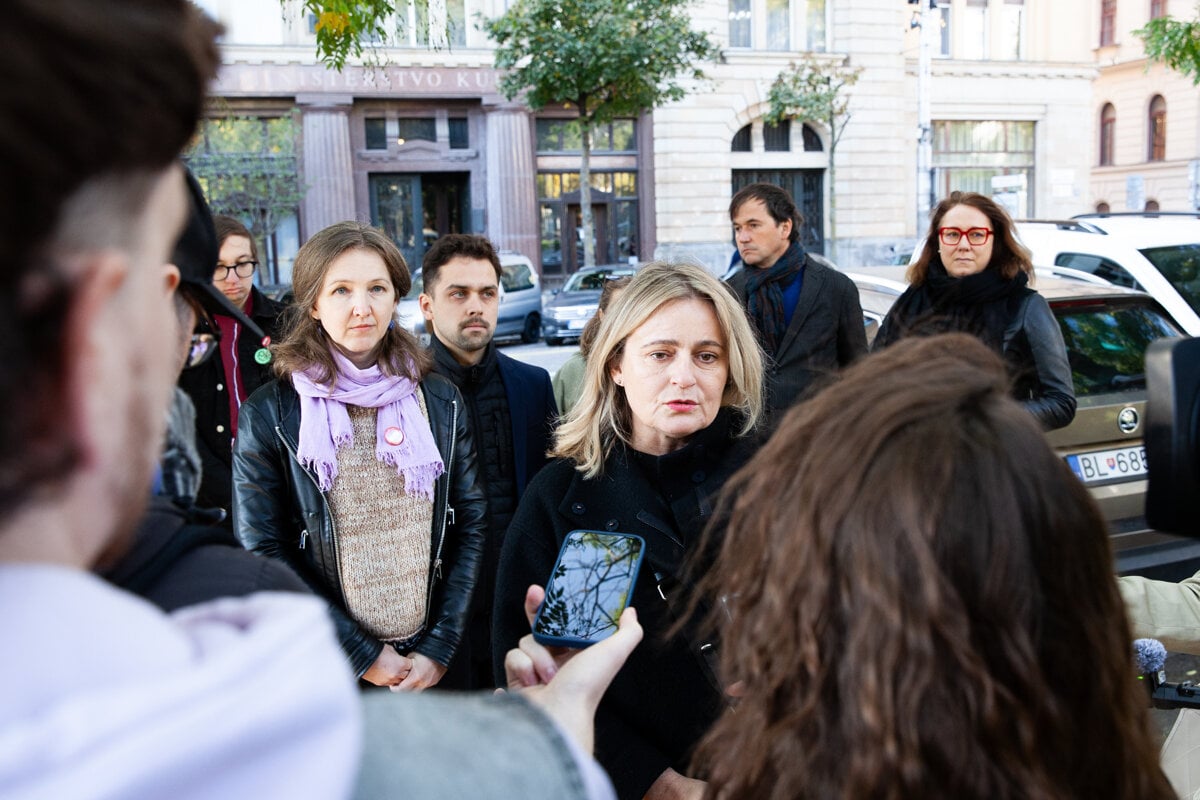A major restructuring could cripple monument protection in Slovakia.
The Monuments Office (PÚ SR) is poised to lose its long-serving experts, who have long overseen the designation of national cultural monuments, with its entire monument protection department facing closure.
This restructuring comprises part of a broader effort to reduce staff numbers from 342 to 306, driven by a 10-percent cut in the wage budget. Anna Tuhárska, a union representative, has sharply criticised the decision, warning that it will significantly weaken the office’s expertise.
“The Monument Protection Department is one of the key expert units within the Monument Office,” she said.
The department, comprising 12 specialists, is responsible for evaluating potential monuments and conducting vital research. Their work has included mapping religious landmarks, such as Calvary sites and paths of the cross, alongside technical monuments, leading to published works and the creation of digital databases.
Despite repeated inquiries, staff say they have received no satisfactory explanation from the office’s director, Pavol Ižvolt. He has defended the reorganisation, claiming that it is essential to ensure that the Office can fulfil its wider responsibilities while staying within budget. Some of the department’s duties are to be absorbed by other departments, but experts warn that this will result in a loss of crucial expertise, reducing the office’s ability to defend monument status in legal disputes.
Employees argue that the move contradicts the office’s primary mission, which is to protect cultural heritage. They fear that cutting the department will severely undermine preservation efforts and express concerns that Slovakia may follow Hungary’s path, where heritage protection has been weakened.
The planned closure has prompted public outcry from prominent academics, including Bohunka Koklesová and Henrieta Moravčíková. They warn that the decision threatens Slovakia’s cultural heritage and could disrupt long-standing collaboration between educational institutions and the Monument Office.
video //www.youtube.com/embed/ANOlfq-RpeQ
